When you have bought a digital SLR camera, your photo equipment is far from complete. Only the right lenses ensure that you are really prepared for every shooting situation - for landscape photos as well as macro shots, portraits and sports photography. Because depending on the area of use, you need a different focal value and also a different light intensity. In addition to the lenses of your respective camera manufacturer, you can also choose the variants of a third-party manufacturer. Besides Sigma, Tamron is particularly well-known in this field. Tamron lenses stand for very good imaging performance, high quality and a fair price. In numerous tests, they easily keep up with the big brands, but are significantly cheaper than the competition. The company, which was founded in Japan in the 1950s, has concentrated on the production of high-quality lenses from the very beginning and has been able to acquire extensive know-how over the past decades. Although the range of lenses in Germany is smaller in direct comparison to Sigma, Nikon or Canon, it still has a lot to offer: From wide-angle zooms to fast fixed focal lengths and macro lenses to megazooms and travel zooms, everything a photographer's heart desires is available. The brand even has 600 mm super telephoto lenses in its range.
Most of the manufacturer's lenses are available for the bayonet systems for APS-C and full-frame cameras from Nikon, Sony and Canon. Some lenses can also be used with Pentax cameras. For some time now, the Japanese company has also been offering lenses for system cameras. When buying a Tamron lens, it is important to make sure that you choose the right sensor format. Otherwise image errors can occur. In addition, you should always choose the lens according to your requirements: For particularly high demands, for example, there are the lenses of the SP series, which are splash-proof and have a very high resolving power. Take a look at the lower section of our shop if you are unsure about your choice of Tamron lens. There we have prepared a useful buying guide to help you with your purchase decision.
The Japanese manufacturer offers interchangeable lenses for numerous well-known SLR cameras, but also for some mirrorless system cameras. Tamron lenses have long been available for the tried-and-tested Canon-EF, Pentax-K, Nikon-F and Sony/Minolta (A-mount) bayonets. For some time now, however, models for Olympus, for Panasonic Lumix G and for Micro-Four-Thirds mounts have also been in the range. Only recently have lenses for the Sony E-Mount and Canon's mirrorless EOS-M system been added to the range. The biggest advantage of the Tamron lenses is their low price. Nevertheless, the Tamron lenses offer at least equal and often even better image performance than the originals.
Tamron offers both APS-C and full-frame lenses for the various bayonet systems of digital SLR cameras. You can already tell which sensor size the lens is suitable for by the product designation, which contains a DI, DI-II or DI-III abbreviation, depending on the size.
Lenses with the DI abbreviation are suitable for digital SLR cameras with full-frame sensors. These cameras have a larger image circle, which is why the lens must be designed to avoid shadowing and image errors in the corners. Almost all of the manufacturer's fixed focal lengths are DI versions, but many zoom lenses also bear this abbreviation.
If you are looking for a lens for the compact APS-C sensor format, then the DI-II lenses are of interest to you. They are specially designed for the smaller image circle and convince with a compact size and low weight. The company mainly offers travel zooms and wide-angle lenses especially for APS-C cameras.
The DI-III lenses are still brand new in the range. They were developed for mirrorless system cameras such as the Micro Four Thirds and the EOS-M system. These lenses are characterised by an extremely compact design and a small flange focal length. At the moment, however, only travel zooms are offered in this category.
With Tamron lenses, just as with lenses from other manufacturers, it is already possible to derive important functions and features of the lenses from the product name. The following overview shows you the common Tamron lens abbreviations and the meaning behind them:
Each additional function costs money accordingly, of course. You should therefore weigh up before buying whether you absolutely need a VC stabiliser and whether it really has to be a high-quality SP lens or whether the cheaper standard version will do.
Last but not least, we have summarised all the important advantages and disadvantages of Tamron lenses compared to the originals from Nikon, Canon and Sony:
Mostly light weight
Pricier than the originals
Very good sharpness
Many lenses with excellent speed
Wide focal length range available
Fit lenses for crop and full frame
Haptics are sometimes better with the original lenses
Whether a Tamron lens or its original counterpart is better for you depends on both your individual requirements and the particular focal length you want. In some cases, the Tamron lenses are not only equal to the originals, but even superior, but there are also lenses where the originals are ahead in a direct comparison. So it is worth comparing the individual models in detail.
Tamron lenses are an inexpensive alternative to the versions of the well-known camera manufacturers, without you having to make any compromises in terms of performance. This company focuses on zoom lenses for everyday use and travel. But the Japanese manufacturer also has fixed focal lengths, macro lenses, wide-angle lenses and telephoto zooms in its range. The Tamron lenses are especially recommended for photographers who want to be easy on their wallet, but still don't want to do without a very good imaging performance and a very good light intensity.
.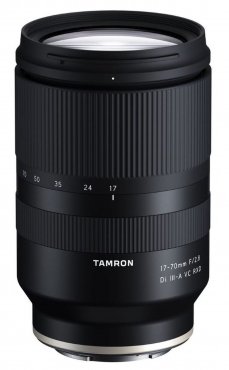
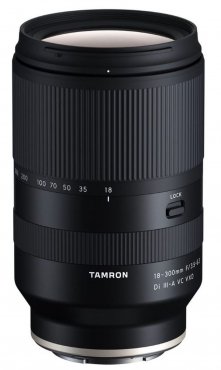
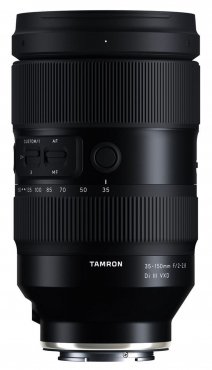
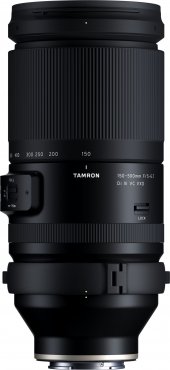
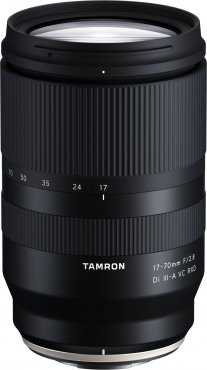
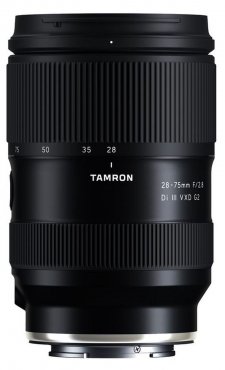
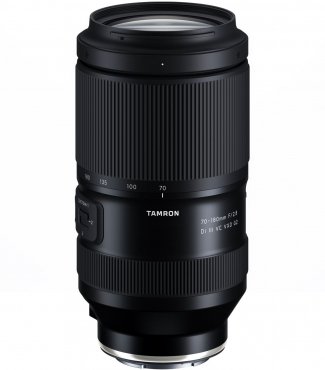
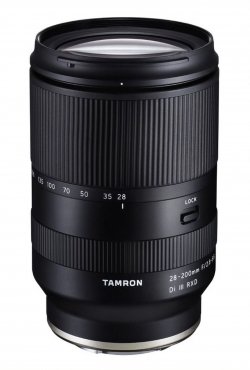
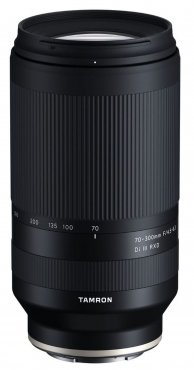
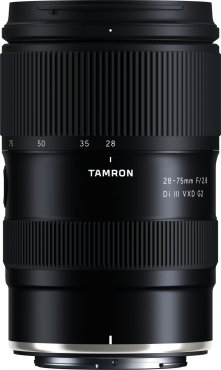

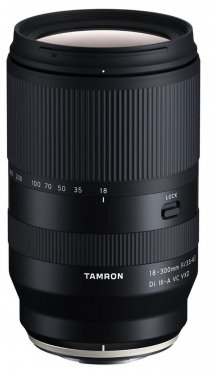

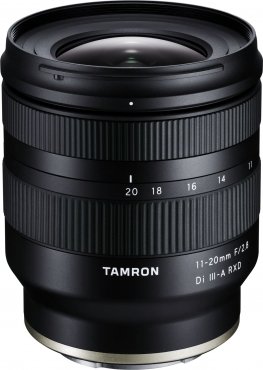
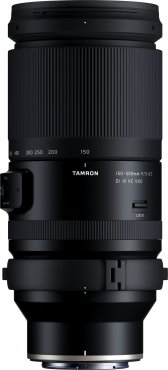
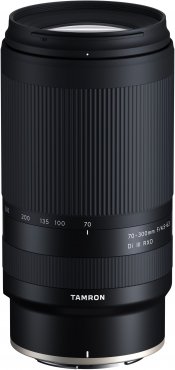
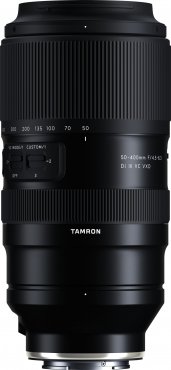
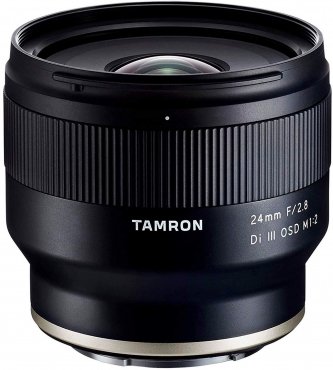

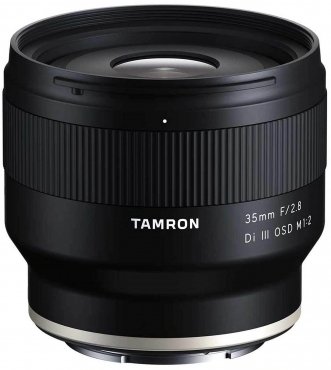
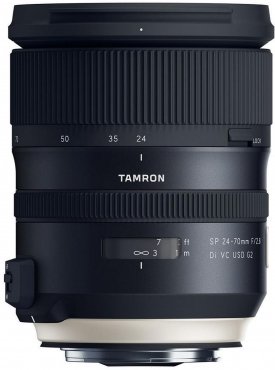
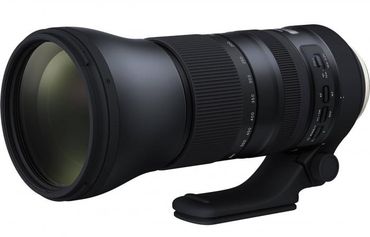

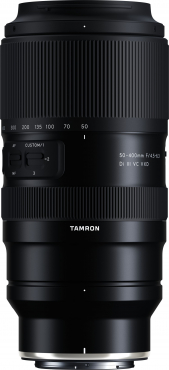
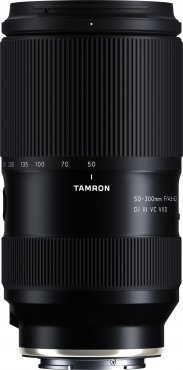
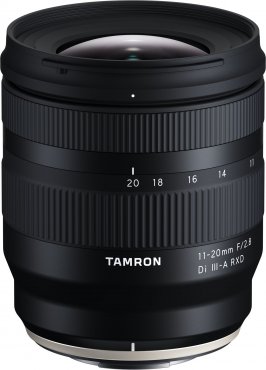
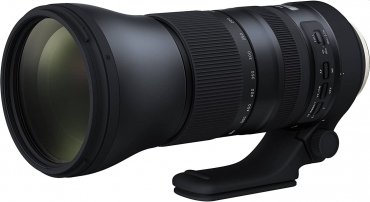

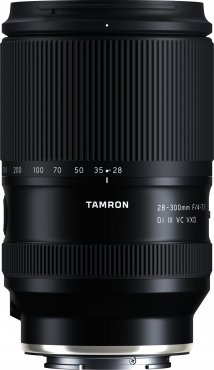
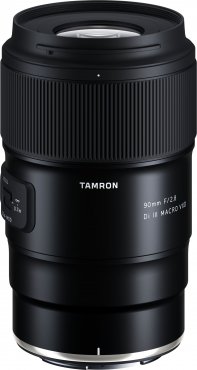
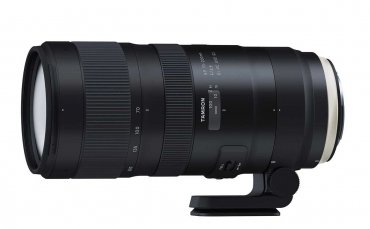
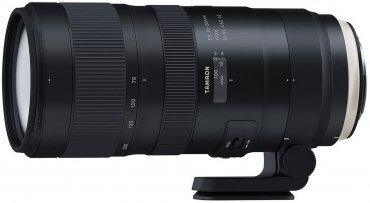
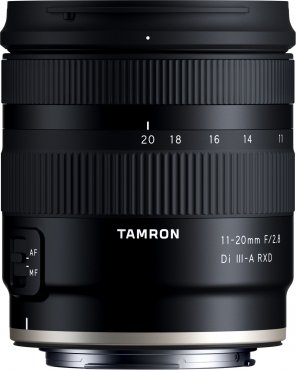
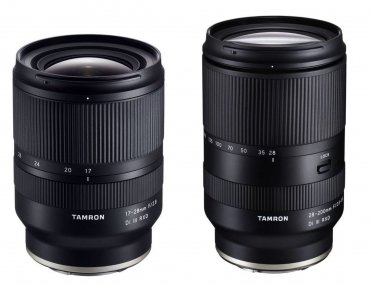
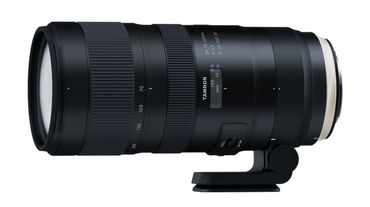
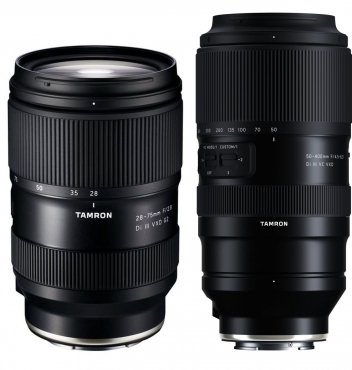
Simply subscribe and benefit as a newsletter recipient every week: